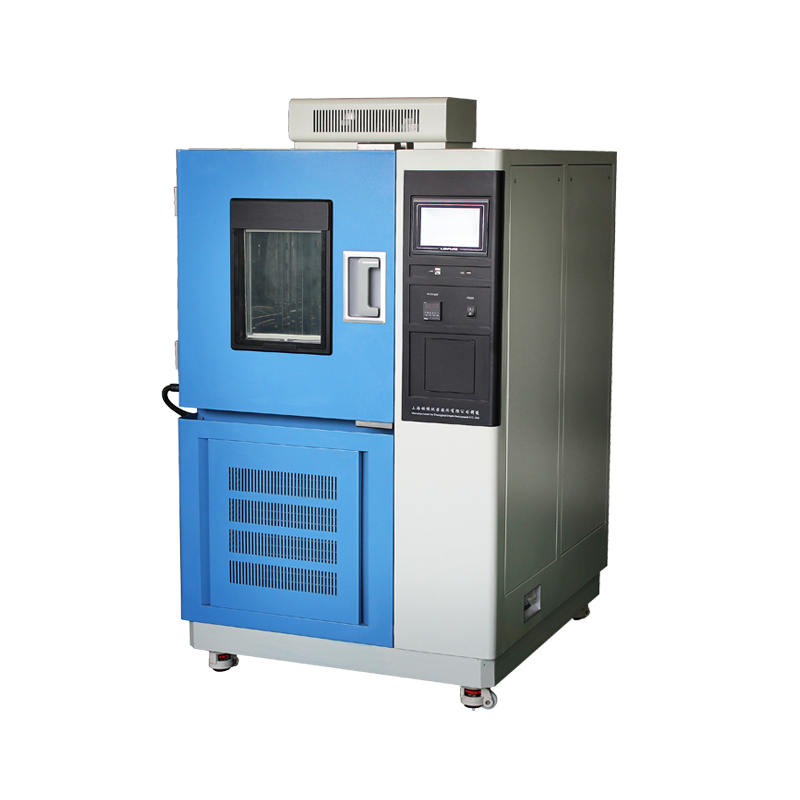

Many users often overlook seemingly minor details when operating a high and low temperature alternating test chamber. However, these small oversights can lead to unreliable test results or even safety hazards.

To ensure better, more efficient, precise, and safer operation of the test chamber, please carefully review the following guidelines before use:
Proper Grounding – After installation, ensure the chamber’s outer shell is properly grounded to prevent electric leakage and potential accidents.
Avoid Opening the Door During Testing – Do not open the chamber door during operation to prevent burns and erroneous test results.
Refrigerator Restart Delay – If the unit has been shut down for less than 15 minutes, avoid restarting the freezer immediately.
External Power for Heating Samples – If placing heat-generating test samples inside, use an external power source instead of the chamber’s own supply.
Minimize Door Opening in Low-Temperature Tests – When transitioning from high to low-temperature testing, keep door openings as brief as possible.
Regular Safety Checks – Periodically inspect the circuit breaker and over-temperature protector, as they are critical for both sample and operator safety.
Turn Off Lighting When Not Needed – Keep the chamber’s interior light off unless necessary.
Dry the Chamber Before Low-Temperature Tests – Ensure the working chamber is dry before conducting low-temperature experiments.
Avoid Immediate Door Opening After Use – Do not open the chamber door immediately after testing is completed.
Use Heat-Resistant Gloves for Sample Retrieval – When removing samples post-test, wear insulated gloves to prevent burns.
Proper Sample Placement – Distribute test samples evenly within the chamber’s effective working space.
Power Off Before Connecting Cables – Before plugging or unplugging interface cables, turn off the computer to avoid damaging communication ports.
Shut Down the Main Power After Use – If testing is complete and the chamber is no longer needed, disconnect the main power supply.
By adhering to these precautions, users can ensure accurate product testing, prolong equipment lifespan, and eliminate potential safety risks when operating the high and low temperature alternating test chamber.
Key Features of the Translation:
Concise & Professional – Avoids redundancy while maintaining clarity.
Safety-Focused – Emphasizes critical precautions to prevent accidents.
Logical Flow – Groups related tips for better readability.
Industry-Standard Terminology – Uses terms like “grounding,” “over-temperature protector,” and “insulated gloves” for technical accuracy.
This version ensures both safety compliance and operational efficiency for users of high and low temperature test chambers.